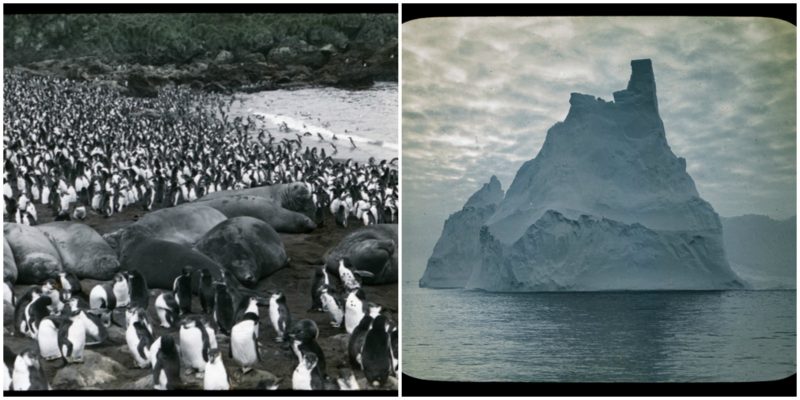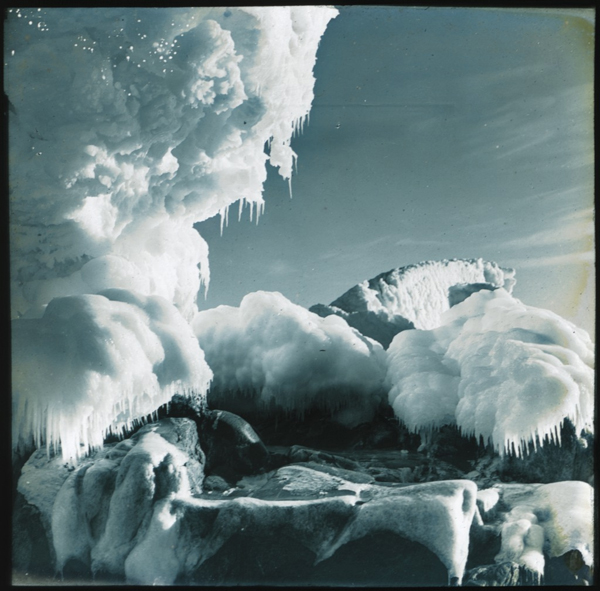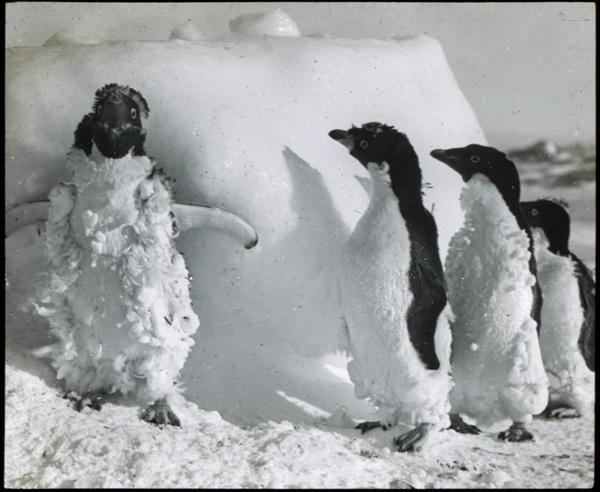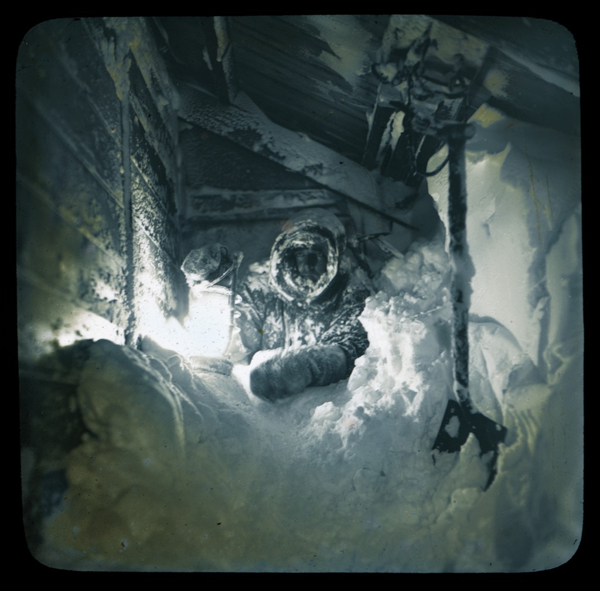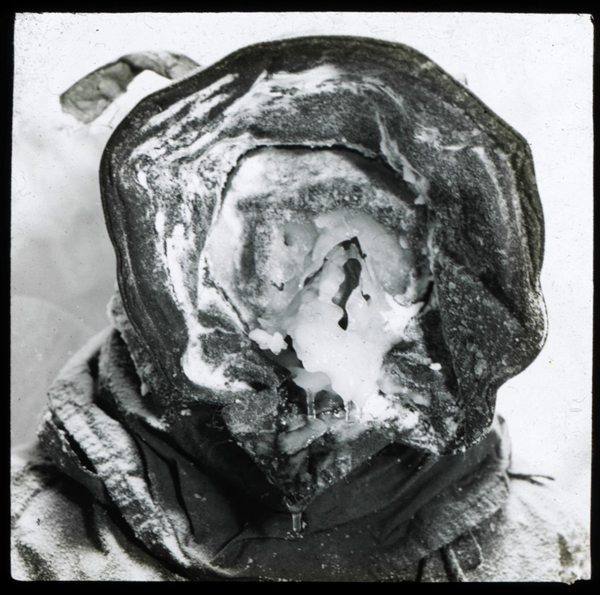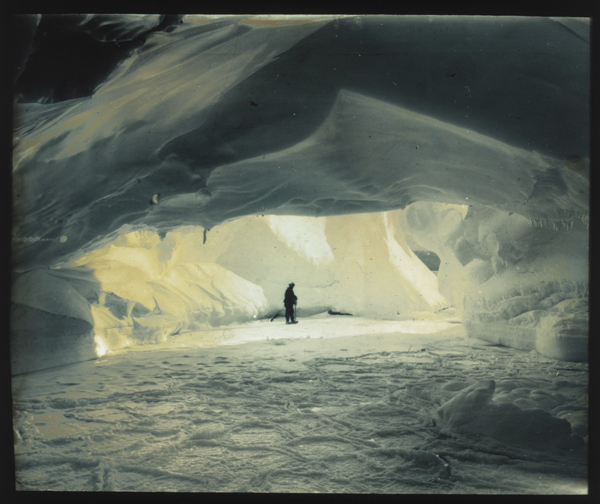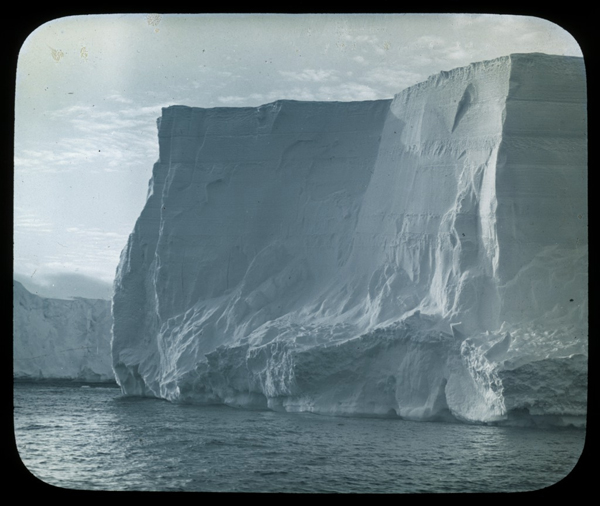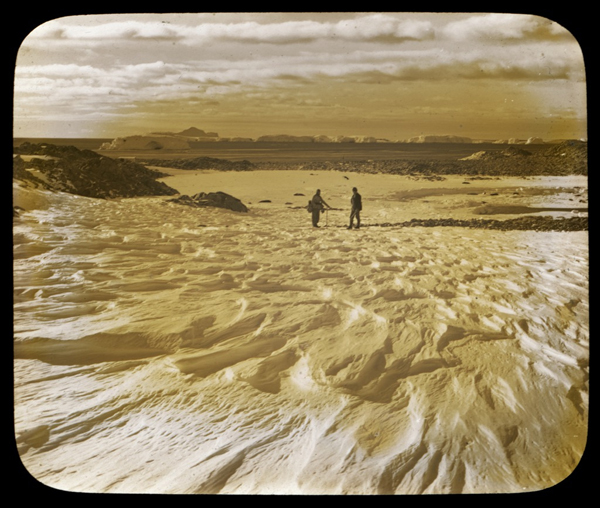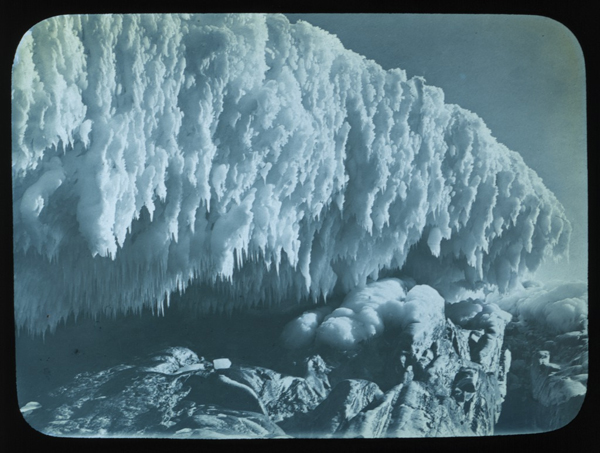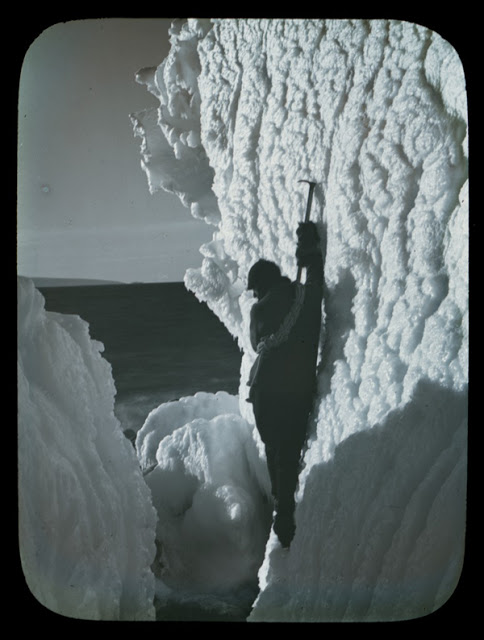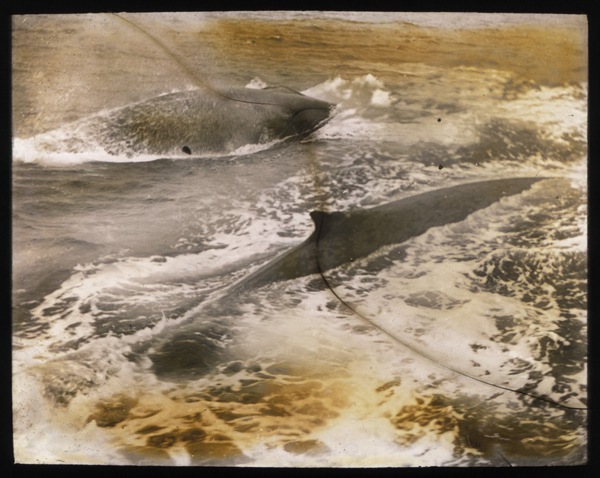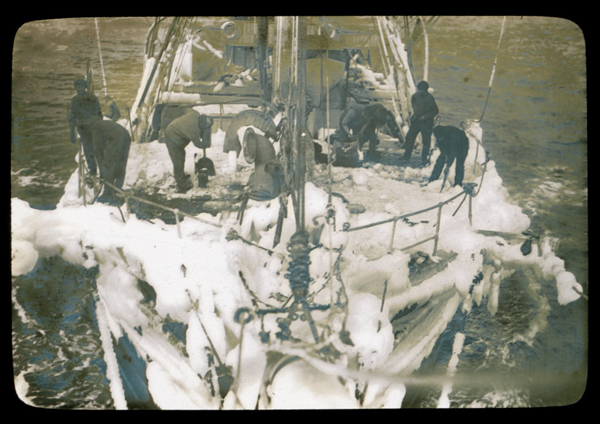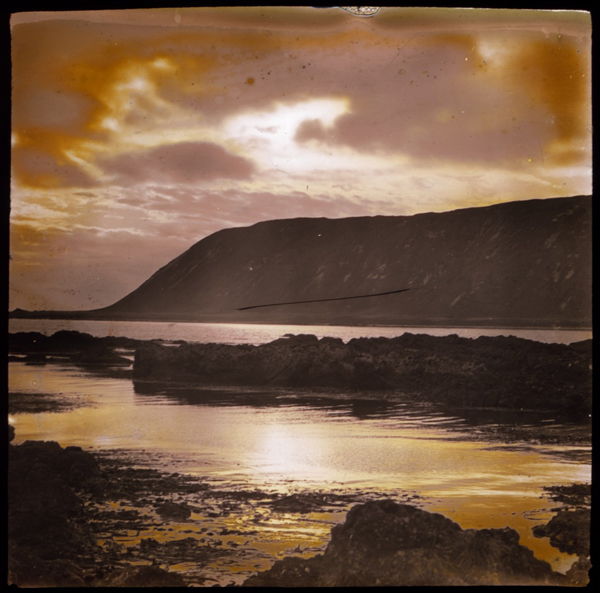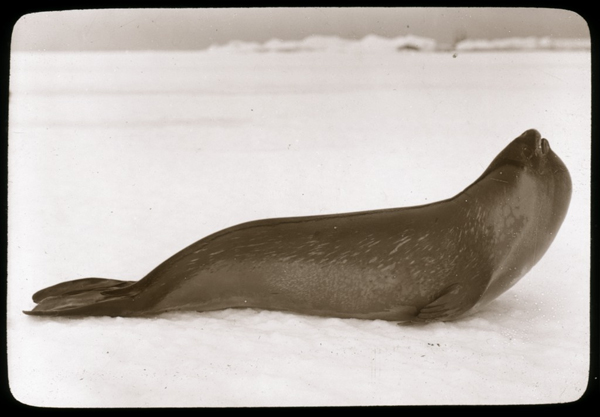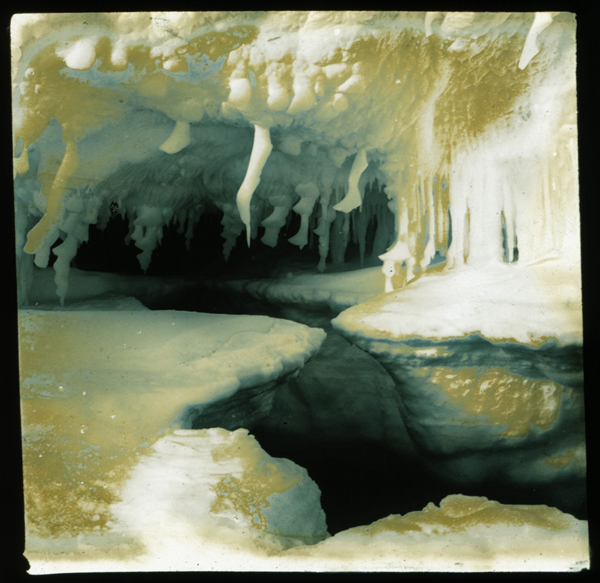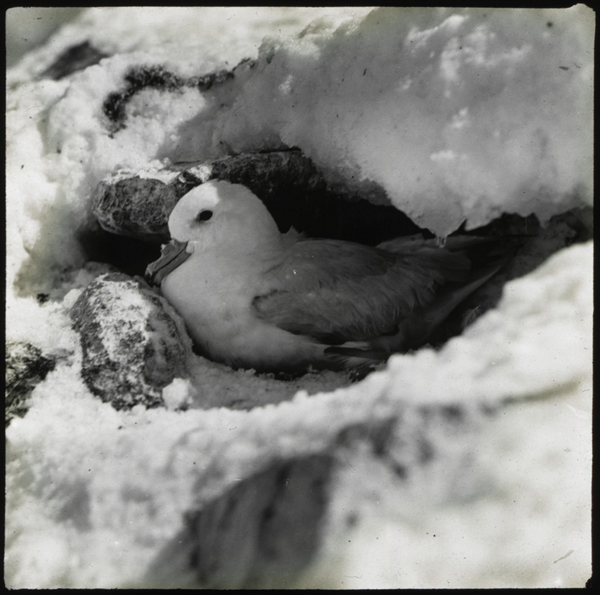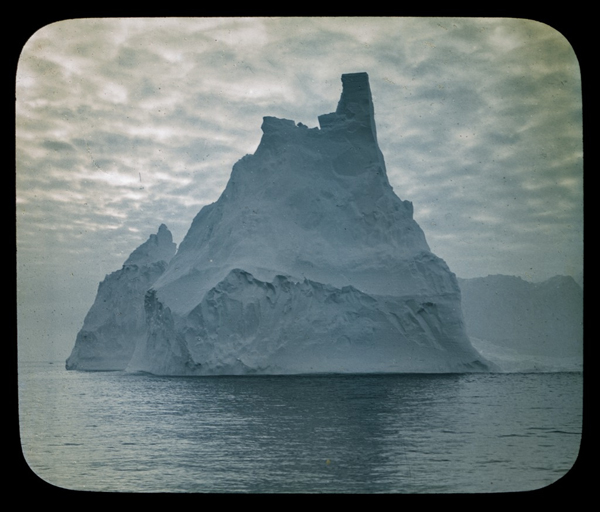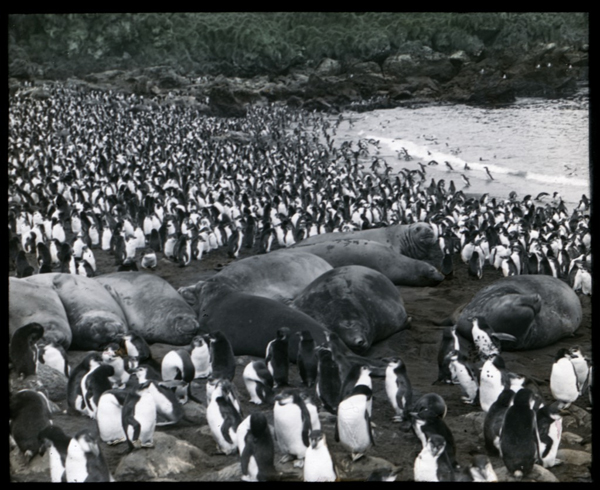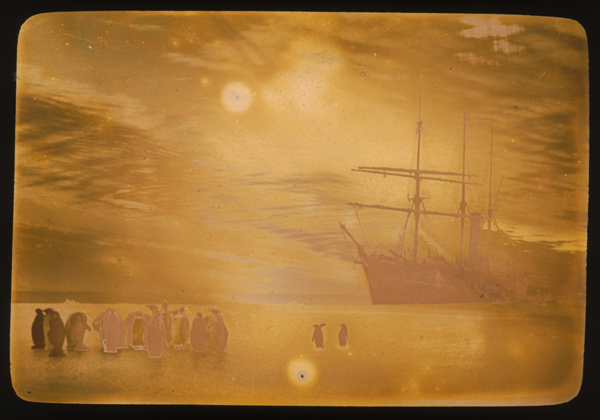The Australasian Antarctic Expedition was a team of Australasian scientists that ventured to Antarctica in 1911, exploring the land until their return in 1914. It was led by the Australian geologist Douglas Mawson, who was knighted for his achievements in leading the expedition. In 1910 he began to plan an expedition to chart the 3,200-kilometre-long (2,000 mi) coastline of Antarctica to the south of Australia. The Australasian Association for the Advancement of Science approved of his plans and contributed substantial funds for the expedition.
Take a look at this amazing photo collection of Antartica:
The team selected for the expedition came primarily from universities in Australia and New Zealand. Of the men who would occupy bases on the Antarctic continent, twenty-two were Australian residents. Four were New Zealanders, three British and one Swiss. Three of the leaders (Mawson, Wild and Davis) were veterans of other Antarctic voyages.
They would sail on the Newfoundland sealing vessel Aurora, a steam-powered sailing vessel with a length of 50 metres (165 ft) and a displacement of 600 tons. The ship underwent modifications for the trip, including adding three large tanks for storing fresh water. The Aurora captain was John King Davis.
The vessel departed for Macquarie Island on 2 December 1911,arriving on 11 December after surviving stormy weather during the crossing. A second vessel, the Toroa, followed with supplies and passengers. Departing Macquarie Island on 23 December, the Aurora began exploring the coastal areas, during which the vessel and its men discovered and named King George V Land and Queen Mary Land.
Key members of the expedition included Frank Hurley as official photographer, Frank Wild as leader of the western base, Charles Hoadleyas geologist, and Cecil Madigan as meteorologist.
Other members of the expedition included Edward Bage, Frank Bickerton, Sidney Jeffryes, Charles Laseron, Archibald McLean, Herbert Dyce Murphy, Frank Stillwell and Leslie Whetter .
Coastal and inland sledging journeys enabled the teams to explore previously unknown lands. In the second half of 1912, there were five major journeys from the main base and two from the western base.
Mawson himself was part of a three-man sledging team, the Far Eastern Party, with Xavier Mertz, and Lieutenant B. E. S. Ninnis who headed east on 10 November 1912 to survey King George V Land. On 14 December 1912, after three weeks of excellent progress, the party was crossing the Ninnis Glacier, when Ninnis fell through a snow-covered crevasse. Mertz had skied over the crevasse lid, Mawson had been on his sled with his weight disbursed but Ninnis was jogging beside the second sled and his body weight is likely to have breached the lid. Six dogs, most of the party’s rations, their tent and other essential supplies disappeared into a massive crevasse 480 km east of the main base. Mertz and Mawson spotted one dead and one injured dog on a ledge 46m down but Ninnis was never seen again.
In order to maintain morale over the prolonged period of isolation Archie Maclean hit upon the idea of publishing their own newspaper to keep the confined men entertained. Expedition members contributed poetry, short fiction, and literary criticism as well as scientific articles and accounts of their daily activities. The result was the Adelie Blizzard which had five issues between April and October in 1913. They were never officially published for the general public until almost 100 years had passed when a facsimile edition was produced.
